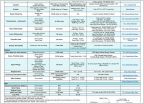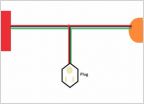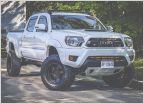-
Welcome to Tacoma World!
You are currently viewing as a guest! To get full-access, you need to register for a FREE account.
As a registered member, you’ll be able to:- Participate in all Tacoma discussion topics
- Communicate privately with other Tacoma owners from around the world
- Post your own photos in our Members Gallery
- Access all special features of the site
Power steering question.
Discussion in '2nd Gen. Tacomas (2005-2015)' started by Yoda2009, Oct 1, 2015.


 12v plugs popped out
12v plugs popped out How important is it to change gear oil?
How important is it to change gear oil? 3rd Brake Light Lens
3rd Brake Light Lens Engine block heater question
Engine block heater question All Pro Expos vs Standards (Or Dakars)
All Pro Expos vs Standards (Or Dakars)












































































